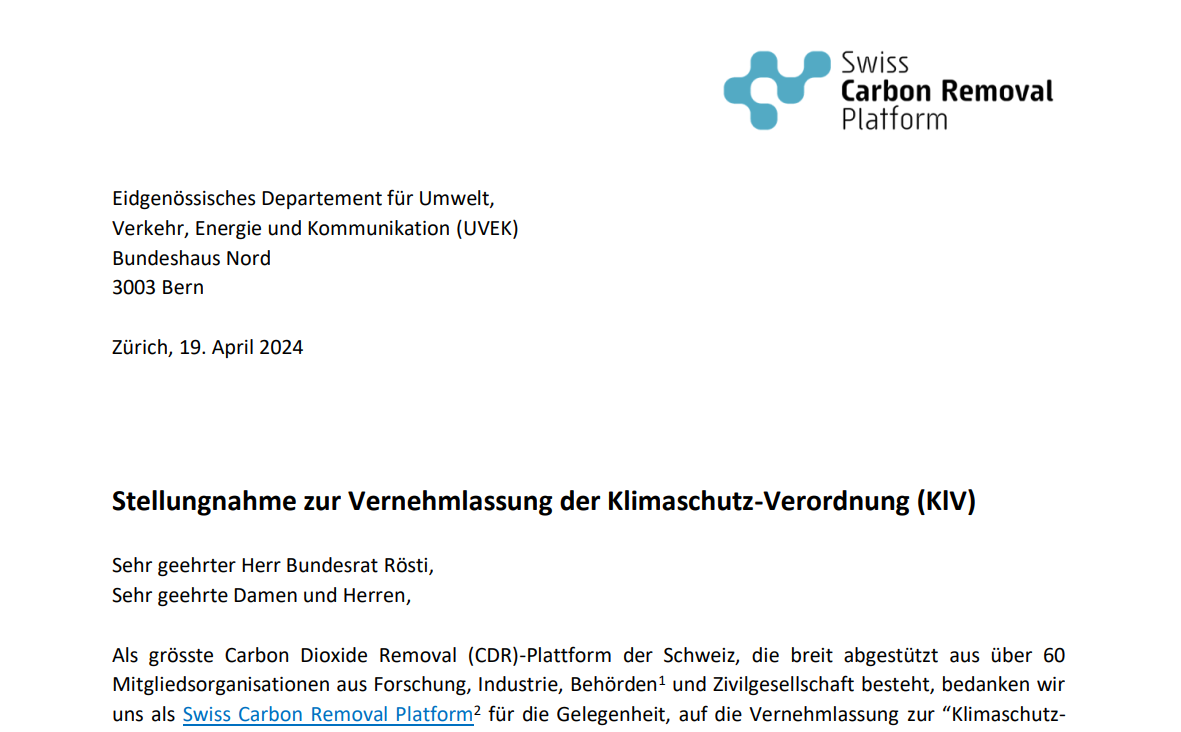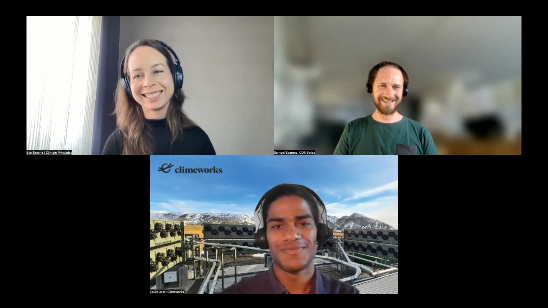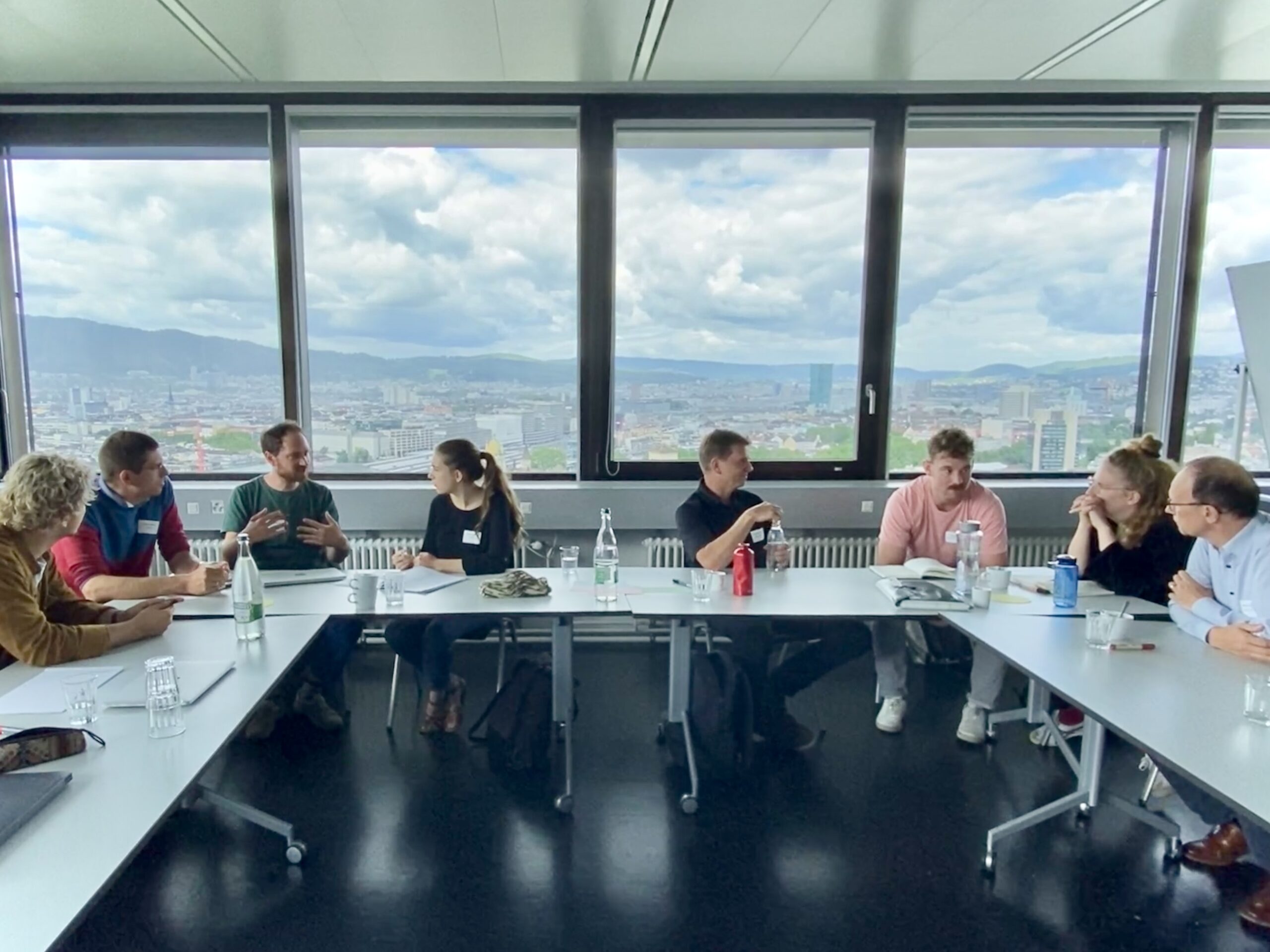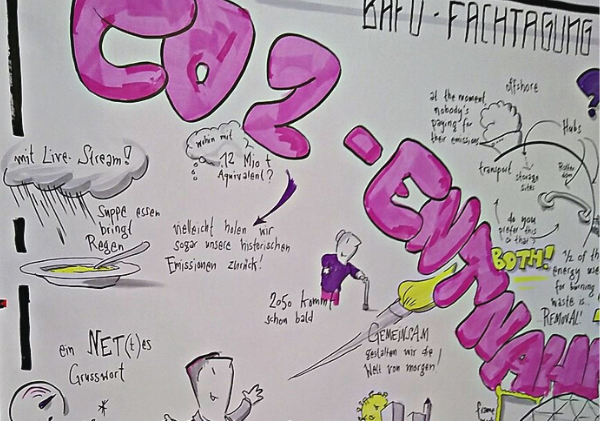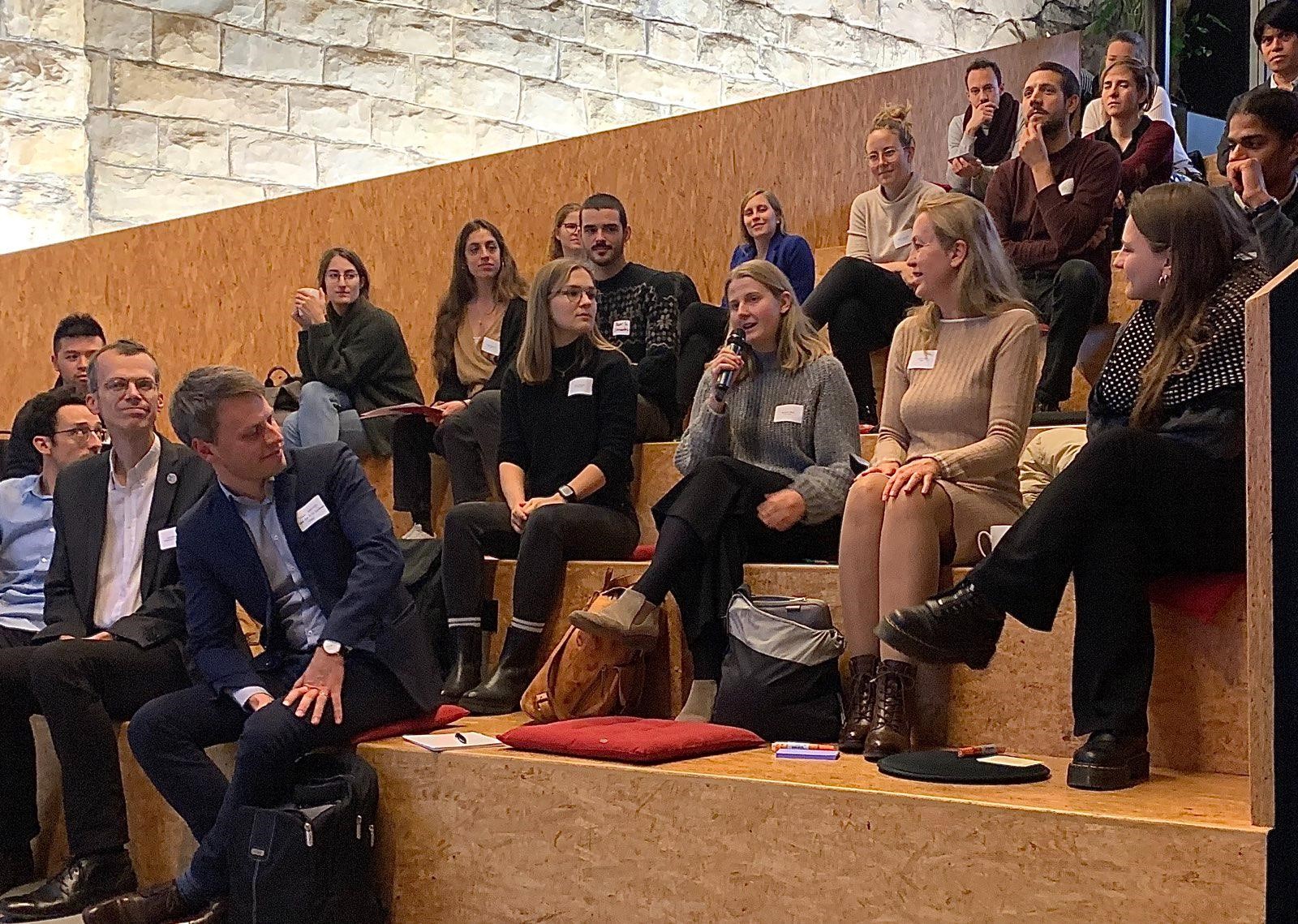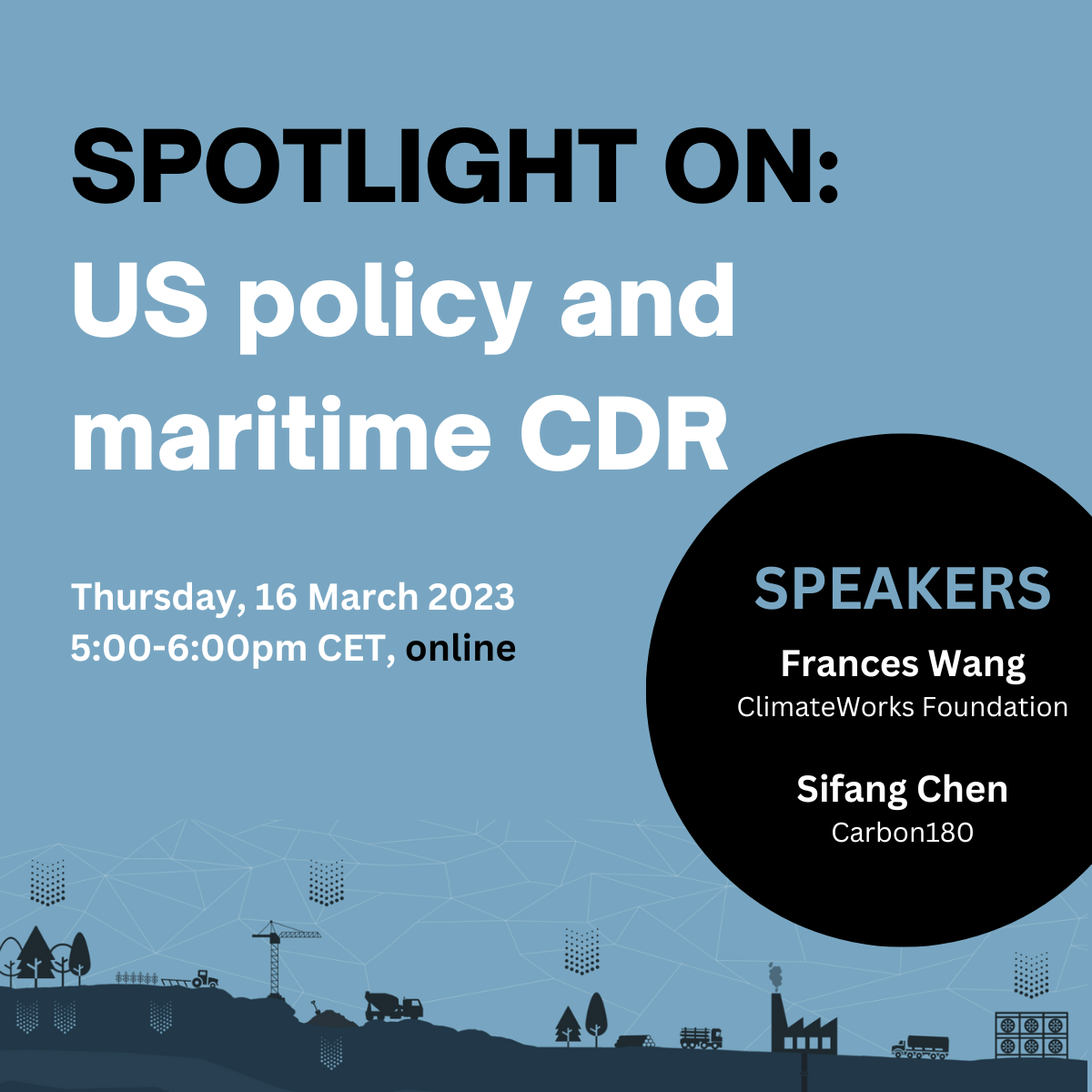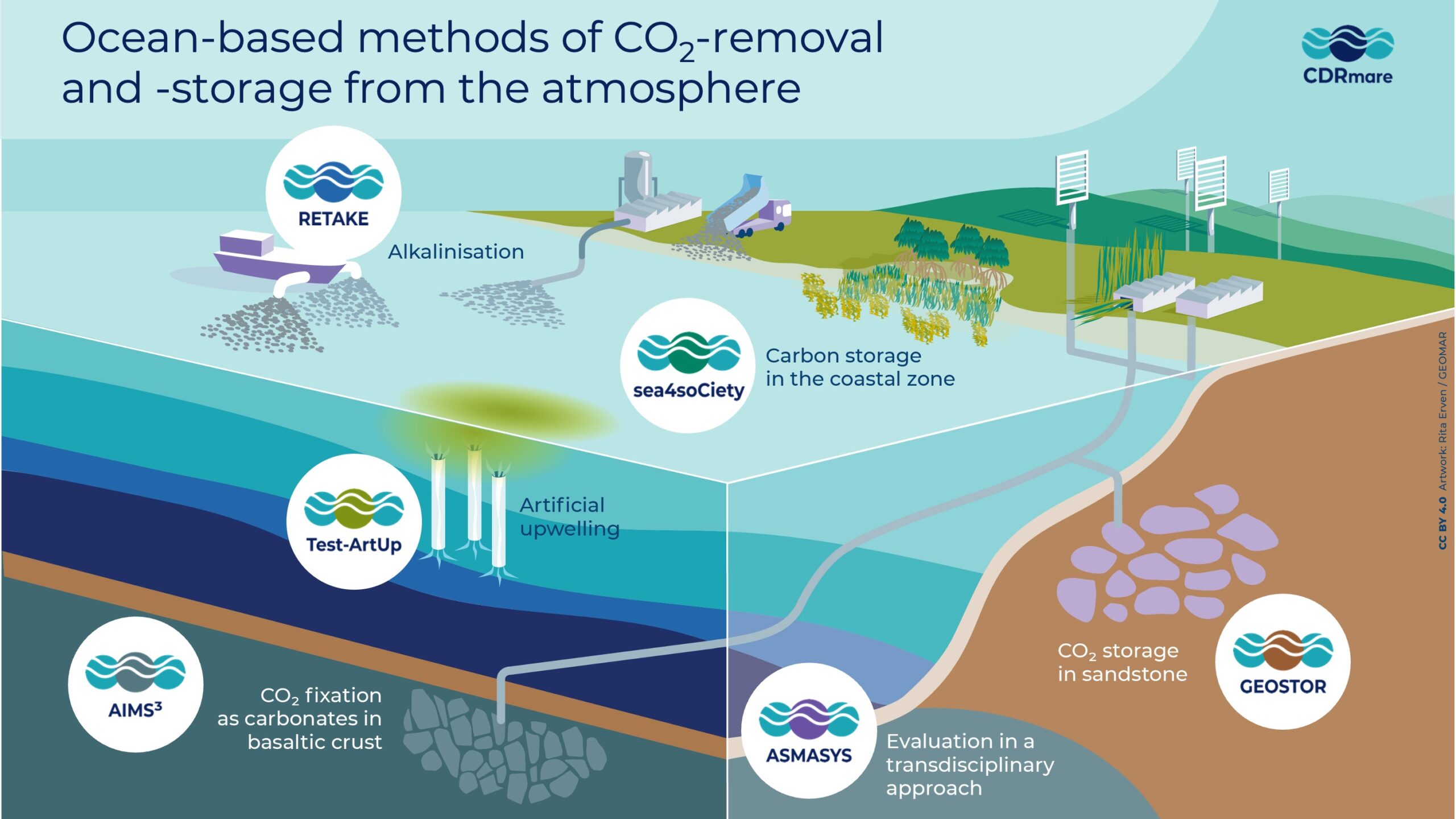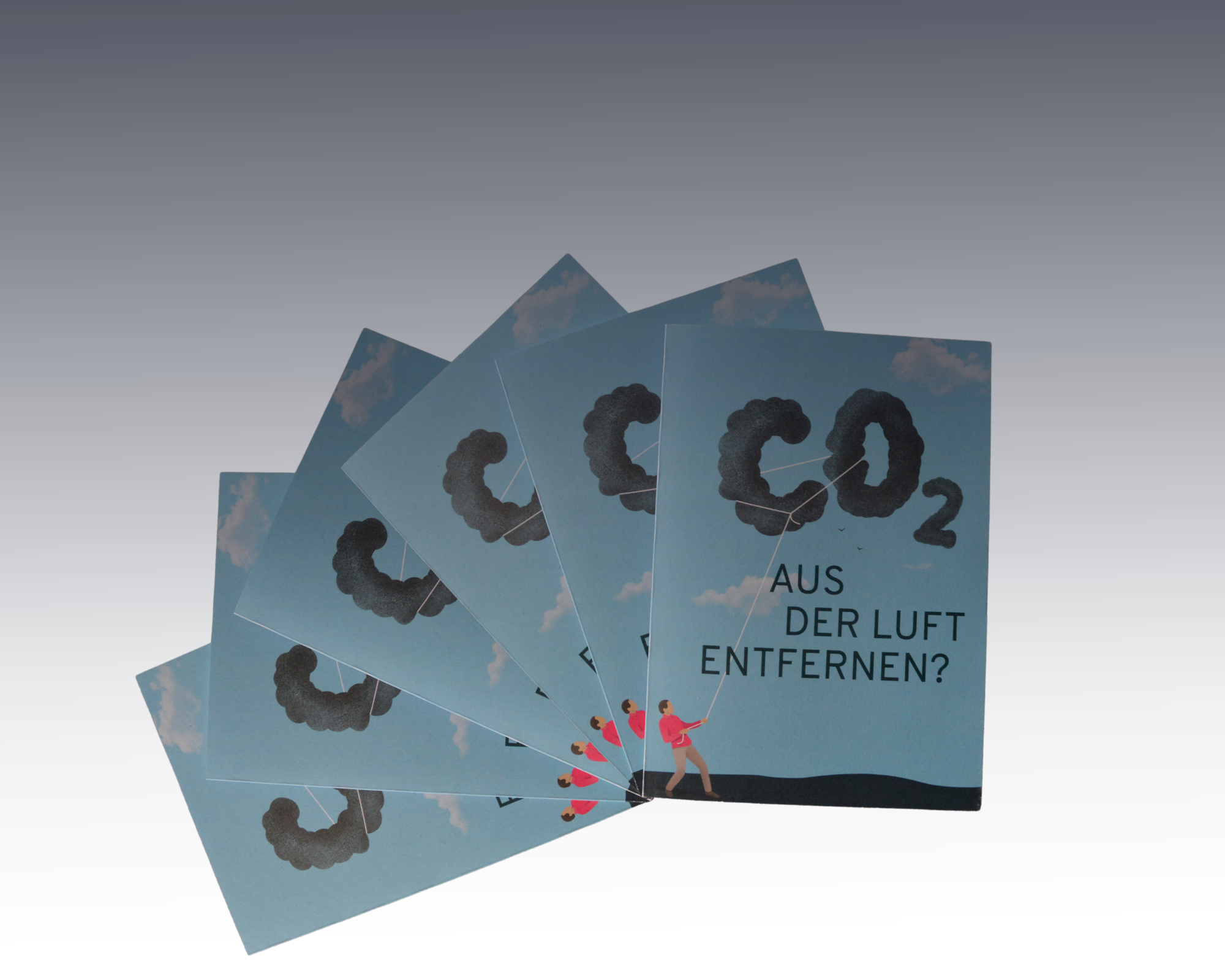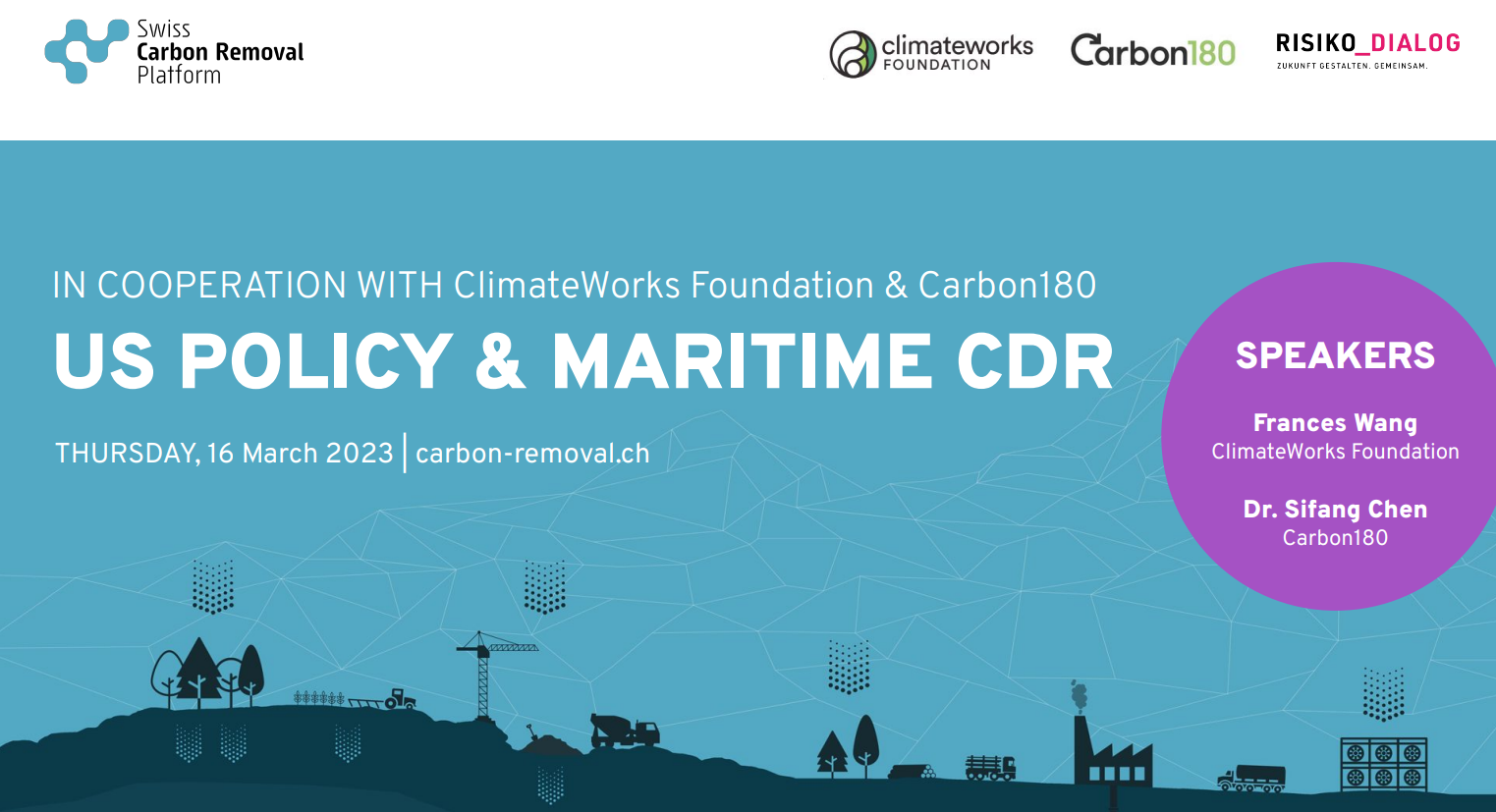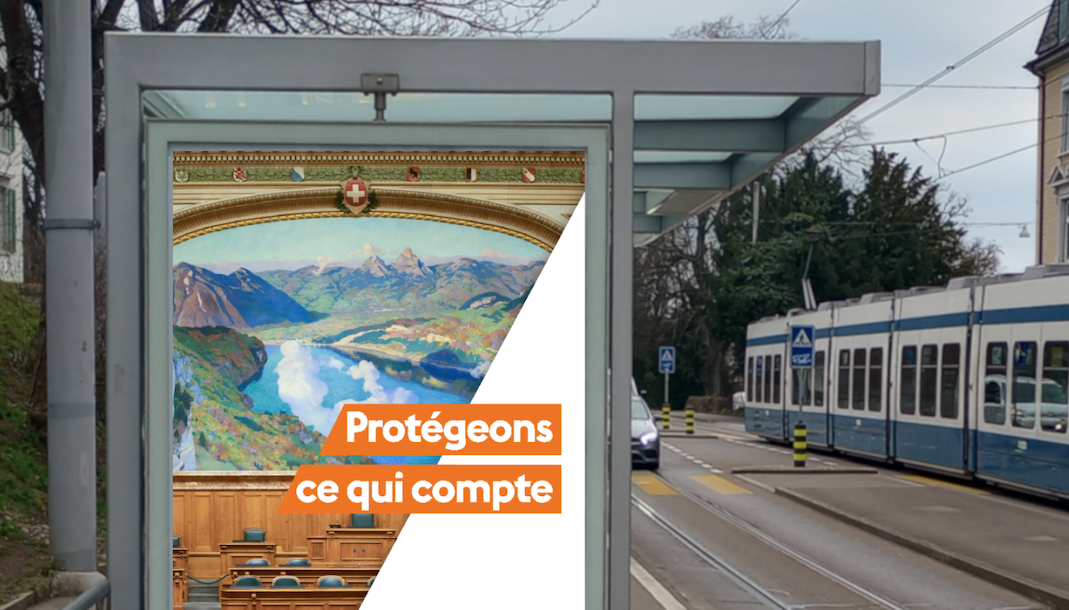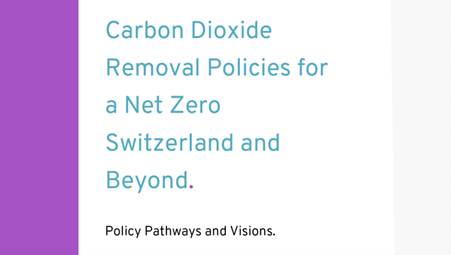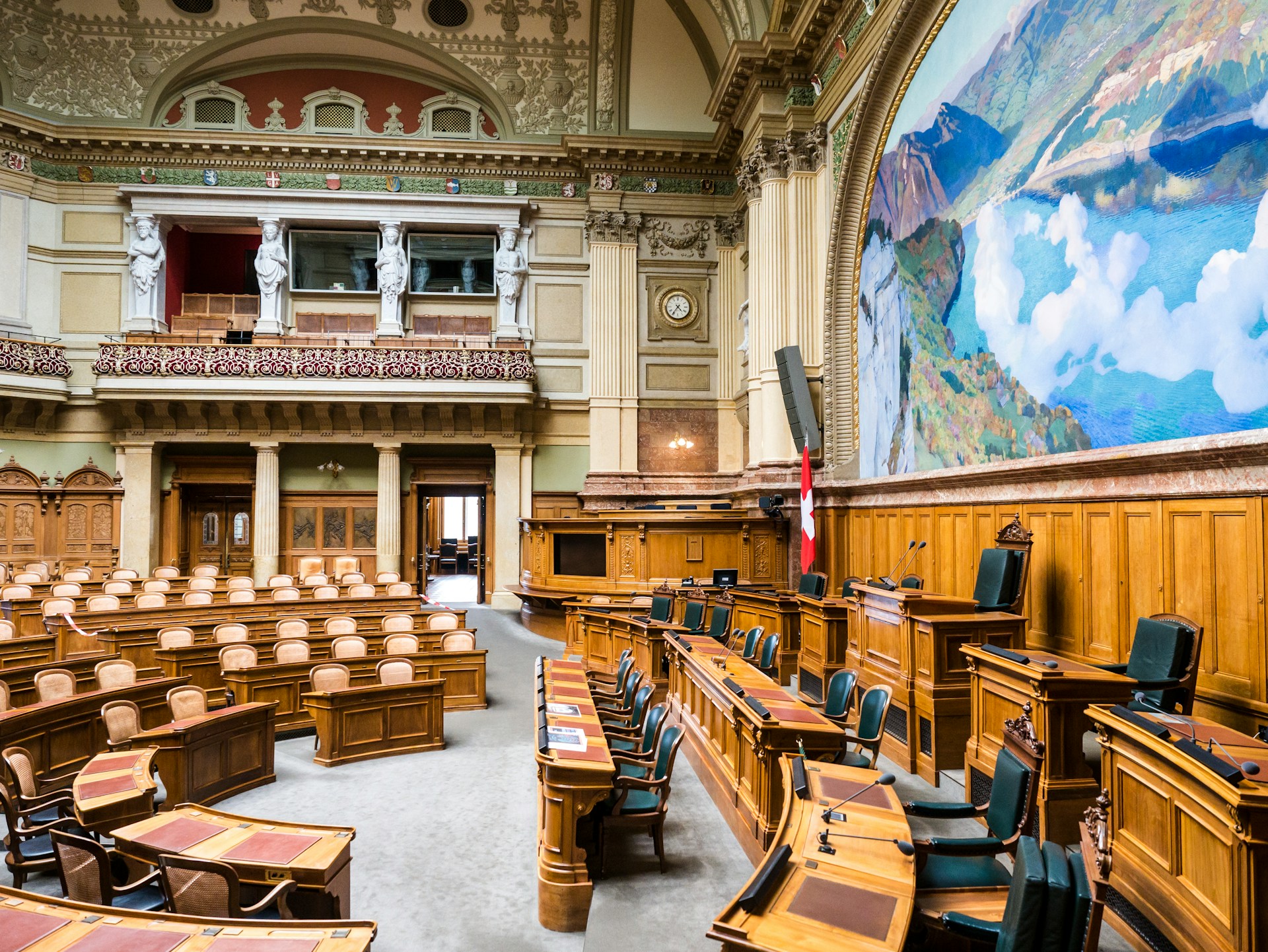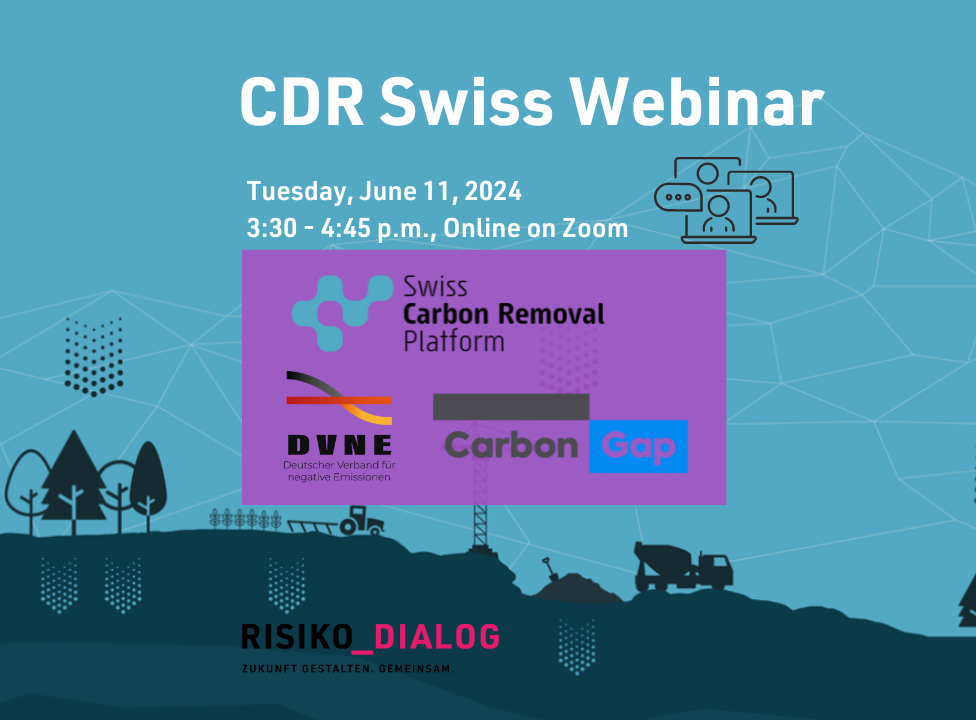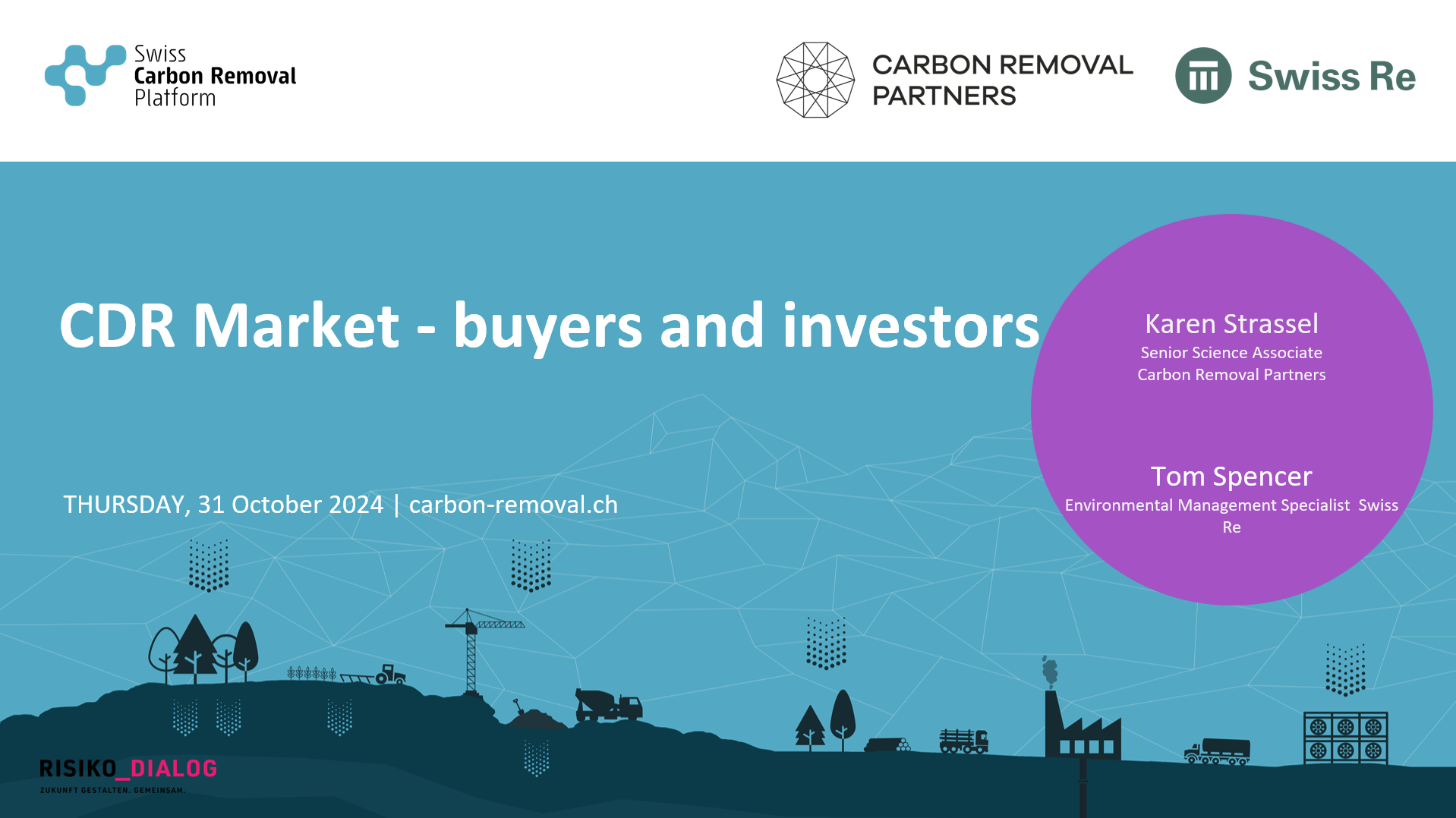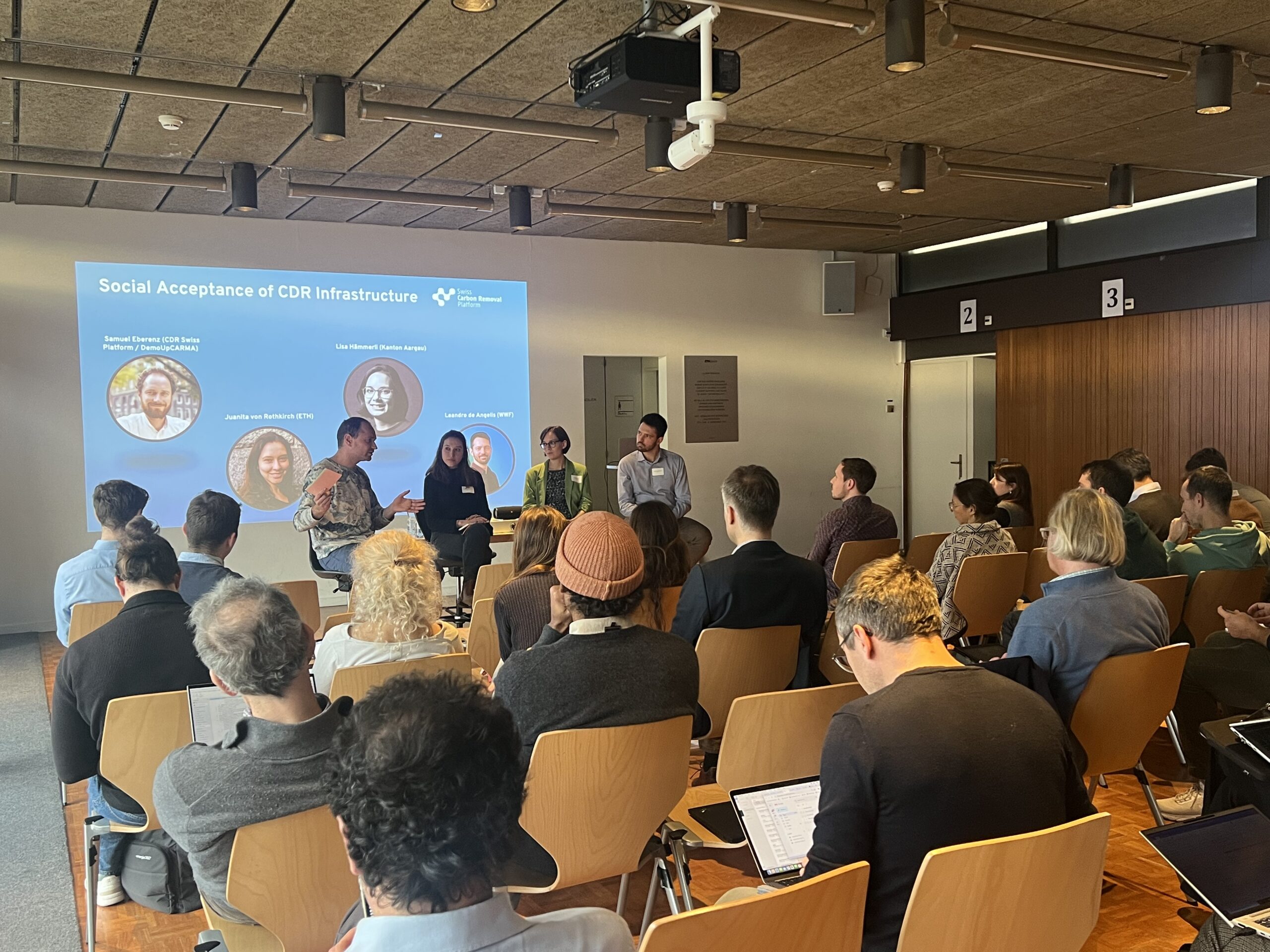Nicolas Solenthaler and Samuel Eberenz, Risk-Dialog Foundation
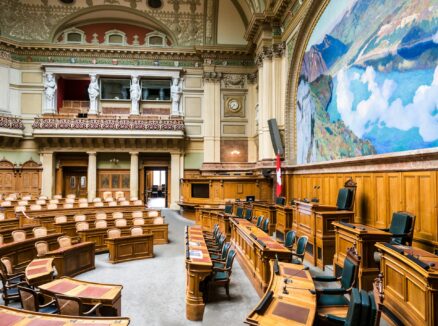
As the largest CDR platform in Switzerland, consisting of 60+ member organizations from various sectors, the Swiss Carbon Removal Platform decided to respond to the consultation on the Climate Protection Ordinance (KlV).
In a collaborative process with committed members from consulting, industry, research and civil society, positions and suggestions for improvement on CDR-related topics were developed and submitted (the members of the authorities were not part of this process). We hope that the inputs will strengthen the KlV in the further development of CDR regulation. The areas covered included, for example, technology openness, non-linear reduction paths and CO2 infrastructure. Selected points from the perspective of the Swiss Carbon Removal Platform include the following.
First, when can CDR be counted towards a net-zero target? Durability as a quality criterion should be explicitly defined and the handling of lower durability should be precisely clarified. The definition and quality standards for CDR should be internationally oriented (e.g. the Carbon Removal Certification Framework CRCF) in order to facilitate international cooperation and comparability.
Second, not only the technology, but also the scaling of the technology or process, which is seen as novel, should be promoted. It is important that no technologies are promoted that have negative side effects; this must be analyzed in advance. Openness to technology is essential in a young sector such as the CDR sector. The science clearly shows that all negative emission technologies (NET) must be applied in order to achieve the targeted NET volumes for net zero.
Third, the text of the ordinance stipulates that measures that store CO2 must be “expected” to temporarily or permanently store at least 10,000 tons of CO2eq annually. This minimum storage quantity is set too high, as it excludes most of the possible CO2 capture projects, e.g. biogas plants. This lower limit should therefore be removed from the ordinance.
Fourth, the financial viability of negative emissions projects that do not fall under the mandatory market will also depend beyond 2030 on state subsidies and/or the possibility of selling certificates for these negative emissions on the voluntary market (to Swiss or foreign / private or state buyers). Currently, the KIV provides that subsidized projects can receive contributions to their operating costs for a maximum of 7 years. However, the vast majority of technical negative emissions projects (e.g. CO2 capture from point sources such as waste incineration plants, wood-fired power plants, biogas plants, etc.) are designed for much longer lifetimes (15-20 years), with operating costs accounting for the majority of the costs. In order to enable the implementation of these projects, the ordinance should therefore definitely allow the sale of negative emission certificates from KlV-funded projects on the voluntary market. This is the only way to achieve financial sustainability beyond the funding period provided for in the ordinance and create an incentive for the long-term implementation of these projects.
Prompt, clear legislation is very important in terms of planning security for the entire CDR ecosystem. Binding federal regulations are particularly important for CDR implementation at cantonal and municipal level. This is because science and Swiss climate policy are clear that CDR is an integral piece of the puzzle for achieving net zero, and this requires a sustainable and common scaling of carbon dioxide removal. In the spirit of the Swiss Carbon Removal Platform - “Scaling up Carbon Dioxide Removal. Sustainably. Together”.
Resources:
Blog


